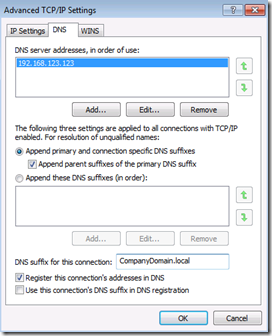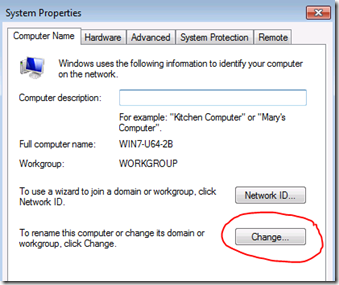If you are having problems activating Windows 10, Server 2016, Windows 8, or Server 2012 one of these three solutions below should get you through:
Command Line to Launch Activation GUI:
This is handy if the GUI won’t start and you want to skip some steps to get it to work.
- click START (gets you to the tiles)

- type RUN
- type slui 3 and press ENTER
- yes, SLUI: which stands for SOFTWARE LICENSING USER INTERFACE
- SLUI 1 brings up the activation status window
- SLUI 2 brings up the activation window
- SLUI 3 brings up the CHANGE PRODUCT KEY window
- SLUI 4 brings up the CALL MICROSOFT & MANUALLY ACTIVATE window
- yes, SLUI: which stands for SOFTWARE LICENSING USER INTERFACE
- Type in your product key
- Have a nice day.
Command Line to Activate Windows Through Command Line:
If your key is valid and you are connected to the internet, it should activate within a second or two.

























